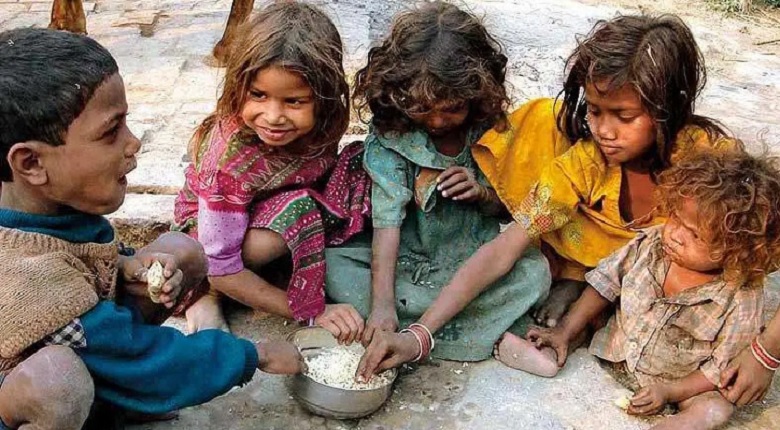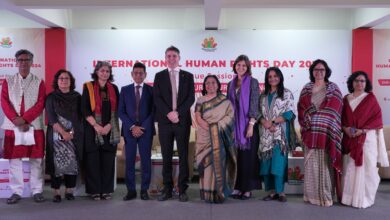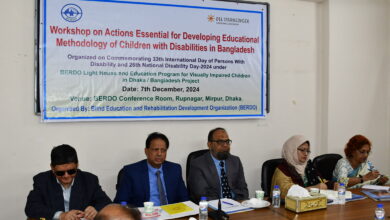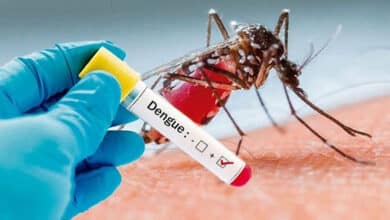Two in three Bangladesh children under 5 face food poverty: UNICEF

Two in every three children in Bangladesh under the age of five live in child food poverty, according to UNICEF’s report, “Child Food Poverty: Nutrition Deprivation in Early Childhood.”
This affects around 10 million children, who consume fewer than the five recommended food groups.
Child food poverty severely impacts children, especially during early childhood. One in five children in Bangladesh lives in severe child food poverty, consuming only one or two food groups daily. This lack of dietary diversity increases the risk of wasting, a severe form of malnutrition, by up to 50 percent.
Bangladesh is among 20 countries that contribute to nearly 65 percent of the world’s severe child food poverty. Poor nutrition in early childhood can lead to lifelong disadvantages, including poor school performance, lower adult earnings, and persistent poverty.
“Good nutrition is essential for children’s survival, growth, and development. Families need support from food, health, and social protection systems, driven by political will and investment, to provide nutritious foods,” said Sheldon Yett, UNICEF Representative in Bangladesh. Transforming Bangladesh’s food systems to make diverse and healthy foods accessible and affordable is crucial.
Factors contributing to child food poverty include families’ inability to afford nutritious foods, a lack of awareness of healthy feeding habits, the marketing of nutrient-poor processed foods, and climate-related disasters impacting food availability and prices.
To combat child food poverty, UNICEF supports the Bangladeshi government in delivering essential nutrition services. This includes community health and nutrition workers counselling families on child feeding practices and activating social protection systems to alleviate poverty through cash and food assistance.
UNICEF urged the Government of Bangladesh, civil society, donors, and the private sector to, use health systems to deliver essential nutrition services, invest in training community health and nutrition workers, establish policy and regulatory frameworks across food, health, and social protection systems, and protect children from unhealthy food environments and unregulated marketing of processed foods.





